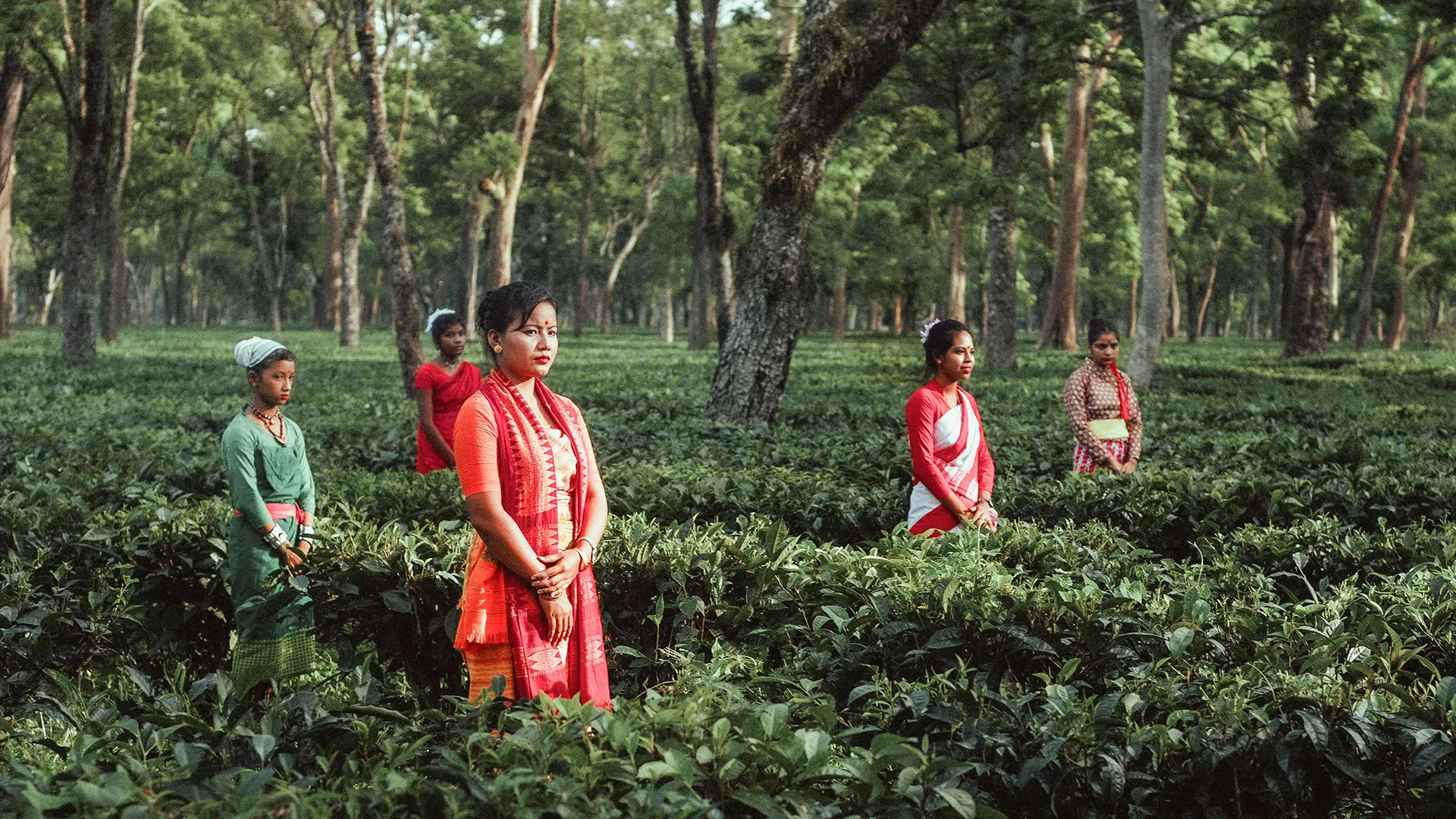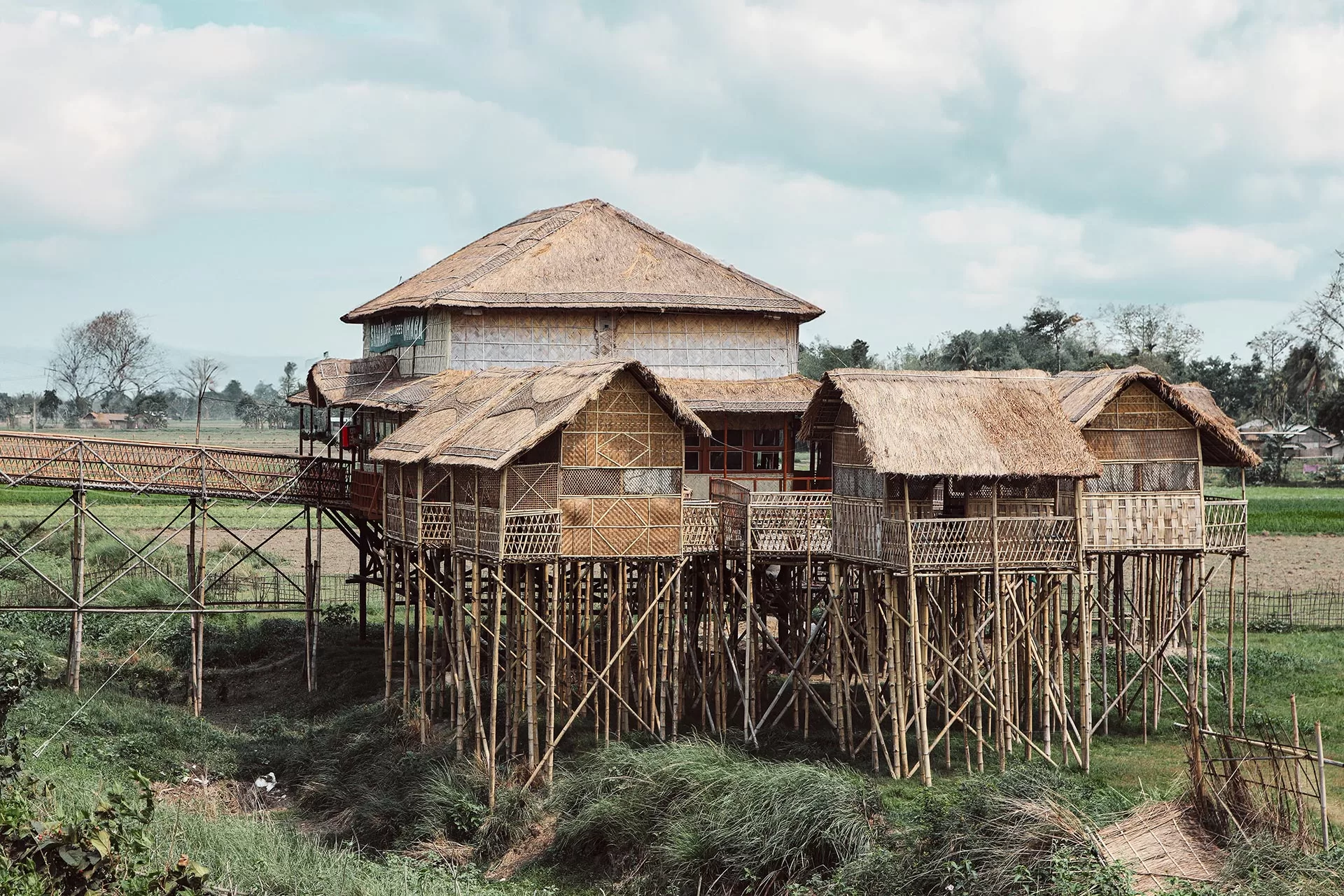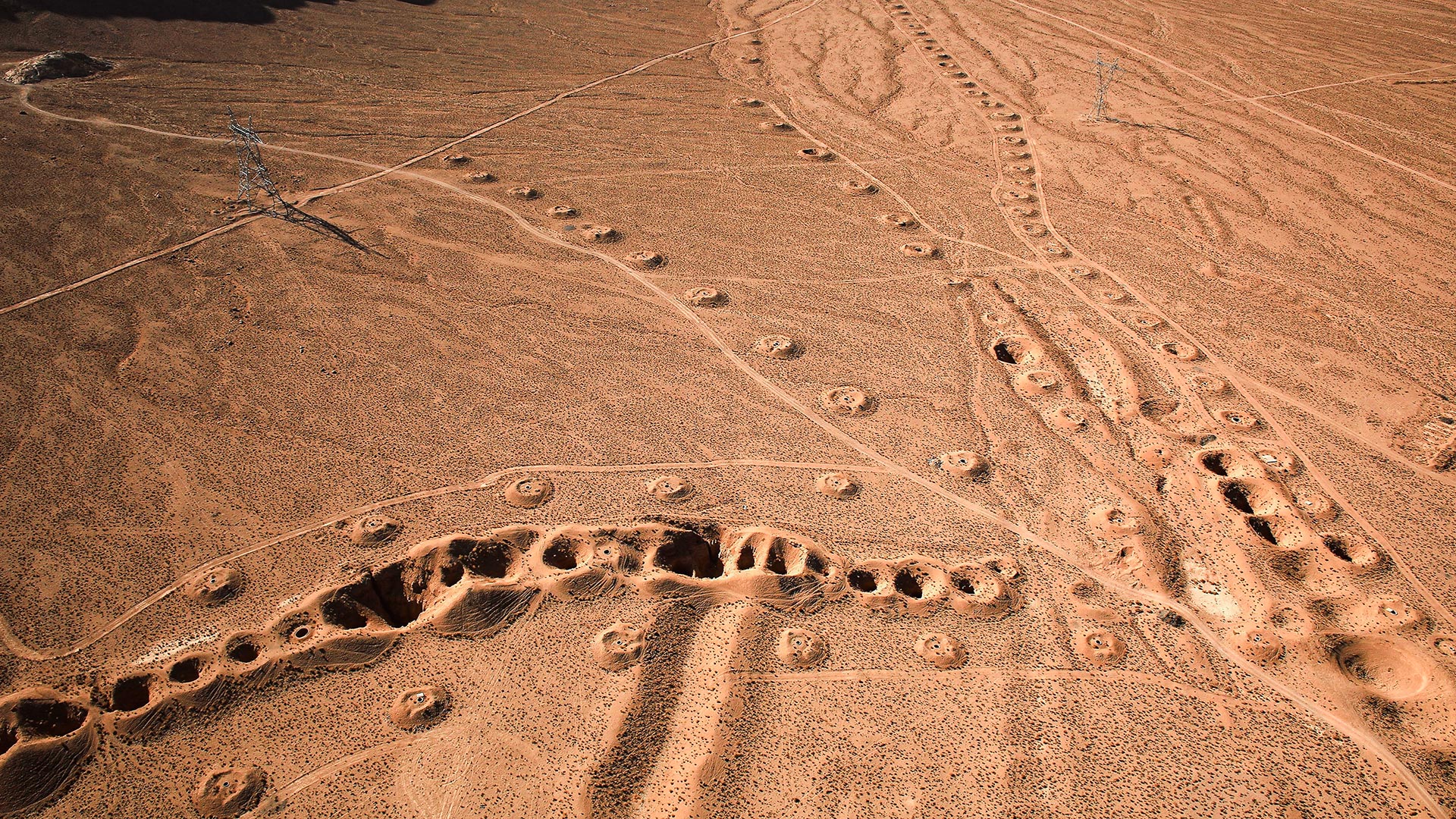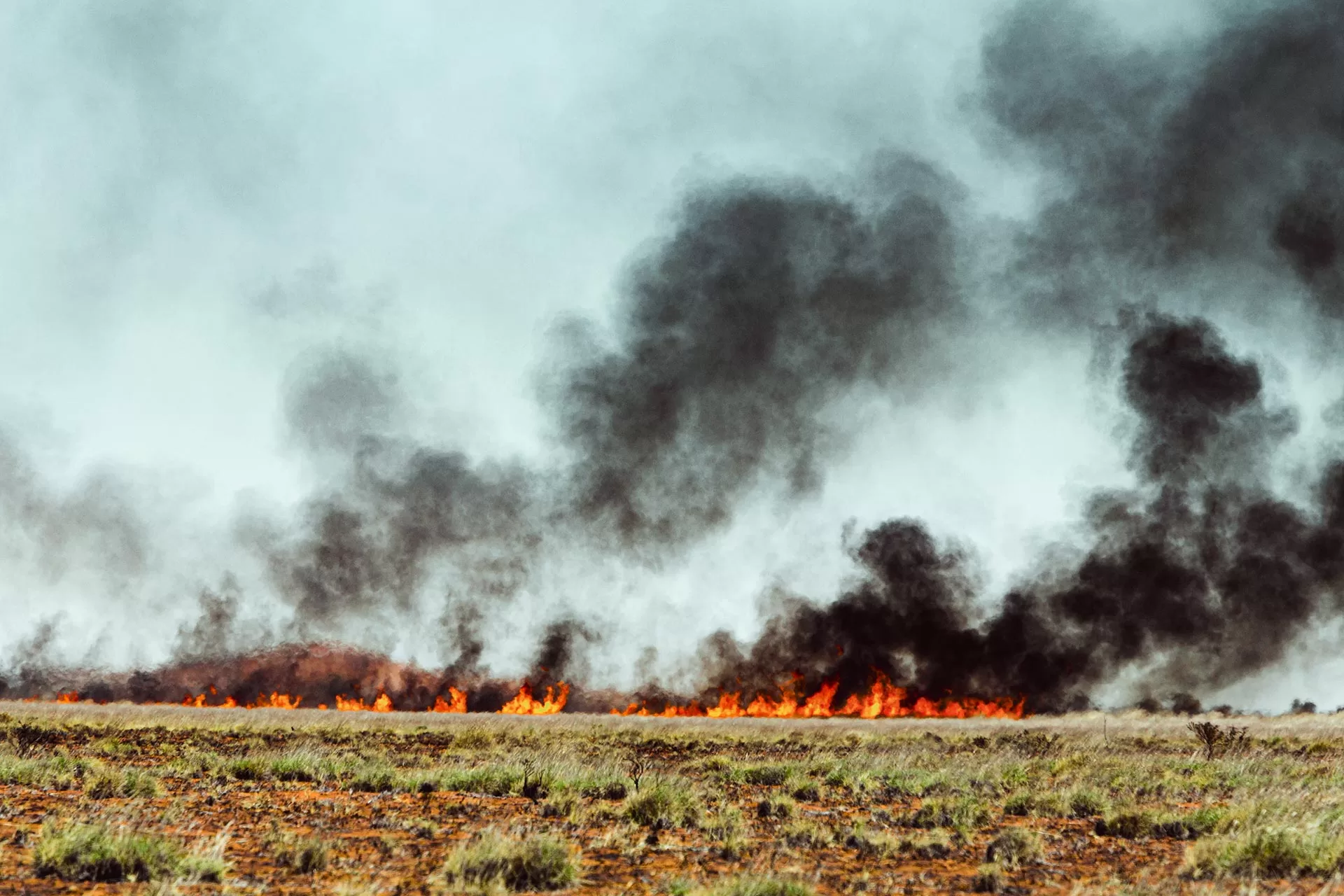
Wise ecologies
Embracing indigenous wisdom for a transition from faltering technocratic solutions to sustainable, climate-resilient practices
by Amina Chouaïri
Photo by Nilotpal Kalita / Unsplash
What we as humans are witnessing, beyond raging global warming, is the onset of a critical, creative crisis in which Western-engineered, business-as-usual, and technocratic solutions are proving their fallibility. In the past six months alone, aging and poorly maintained infrastructure such as bridges, dams, and buildings have caused catastrophic tragedies around the world. In June 2023, a suspension bridge over the sacred Ganges River collapsed for the second time in less than two years in India’s eastern state of Bihar; in September, unprecedented weather conditions caused two Libyan dams to burst, resulting in devastating flooding and thousands of deaths; and in October, the city of Acapulco, Mexico, was devastated by the strongest hurricane to make landfall on the Pacific side of Mexico and the first Eastern Pacific hurricane to reach Category 5 strength. In the face of such despair, one of the possibilities might be to turn our attention to better-attuned practices for living on a drastically changing planet and to communal, collaborative, and collective indigenous knowledge and technologies.
Today, indigenous peoples make up only 5% of the world’s population, yet their lands cover 22% of the Earth’s surface, and 80% of the planet’s biodiversity is found on the lands where they live. Among others, landscape designer Julia Watson, in her book Lo—TEK: Design by Radical Indigenism, has built up an extensive review and careful documentation of indigenous technologies, practices, and communities while advocating for their acknowledgment and recognition. Watson coined the term Lo—TEK as an acronym for (Lo)cal + (T)raditional (E)cological (K)nowledge. It represents “a design movement to rebuild an understanding of indigenous philosophy and vernacular architecture that generates sustainable, climate-resilient infrastructures.” In open contraposition to modern approaches and construction, “Lo—TEK orients us towards a different mythology of technology.”

Photo by Dinodia Photos / Alamy — Assam is a state in northeastern India, south of the eastern Himalayas along the Brahmaputra and Barak River valleys.
Living waters, soils, and deserts
For millennia, indigenous populations have managed, praised, and coexisted symbiotically with nature and its outbursts by adapting their lives, behaviors, and technologies accordingly. Floods, droughts, and fires — whose recurrence and unpredictability are increasing due to global warming — have been assimilated as natural rhythms of fluid and living ecosystems. The attentiveness of indigenous populations derives from careful observation and comprehension of the physical world, emphasizing the practical experimentation of skills and knowledge and the sensual perception of human and other-than-human cosmological relationships. All resonant attributes that Western modern culture and form have lost for at least five centuries.
In this moment of transition, a dark hour of critical crises and conflicts, spatial disciplines and their companions have the power to produce new signified images, narratives, and scenarios, and architecture functions as a powerful medium to subvert one world order and lay the foundation for a new one. Among countless others, the Saang Ghor stilt houses of the Mising, the qanat underground aqueducts of the Persians, and the waru land management of the Martu people provide methods adapted to ancestral calls for survival, elemental forms, and practices that acknowledge the intricate system of relationships established among living beings.
Saang Ghor stilt houses of the mising, Assam (India)
The vast state of Assam in northeastern India straddles the raging, almost oceanic Brahmaputra River along its final journey toward the Bay of Bengal. Around the thirteenth or fourteenth century, the Mising people migrated from the eastern Himalayas, following the river’s course through Arunachal Pradesh, and settled on the muddy river plains of Assam. Their name means “man (mi) of the water (asi).” The Mising’s symbiotic coexistence with the waters of the Brahmaputra has inevitably influenced and defined their fluid forms and resilient technologies of living. The saang ghor — a “tall house on a platform” — is the traditional stilt bamboo house, at least three meters high, that populates the flood-prone embankments. During the monsoon season in Assam, one of the most intense in the whole Indian subcontinent, the raised houses tend to stay dry, and the flexibility of the bamboo withstands the force of the river. As Nimisha Thakur reported from her extensive anthropological fieldwork in Assam among the Mising people, “to be Mising is to be made and unmade by the river” — both physically and symbolically.

Photo by S.H. Rashedi / UNESCO — The Iranian plateau or Persian plateau is a geological feature spanning parts of West Asia, Central Asia, and South Asia.
Qanats underground aqueducts of the persians (iran)
On the semi-arid Iranian plateau, the first inhabitants settled along the mountain slopes, where rainfall — more frequent than in the rest of the region — and snowmelt replenished aquifers and springs in abundance. There, between the II and I millennia BC, the qanat system originated. Such a technology, which supports permanent settlements and agriculture in desert areas, relies on tapping alluvial aquifers under the foothills — where the water table is closest to the surface — and conveying the water by gravity along underground tunnels, often for tens of kilometers, in hot, dry climates with little loss of water due to evaporation. Nearly forty thousand qanats have been built in Iran during various historical periods, and it is estimated that “the length of these qanats is the same as the distance between the Earth and the Moon.” Qanats efficiently deliver large quantities of underground water to the surface without the need for pumping, since the water flows by gravity, typically from an upland aquifer to a destination lower than the source. Still in use today, the qanats represent the wisdom of the ingenious knowledge developed over thousands of years of Persian engineering and landscaping. Since 2016, they have been placed on UNESCO’s World Heritage List for their contribution to equitable and sustainable water sharing and distribution.
Waru (fire) management of the Martu, desert of Western Australia (Australia)
Spinifex Savanna characterizes the Western Desert as the most intact desert landscape left on the planet. There, for over sixty thousand years, the Martu Aboriginal people have traditionally managed their land through fire-stick farming, also known as cultural burning. This practice consists of a series of controlled cool fires that burn patches of the low desert grasses — while leaving their seeds intact — to improve the health of the land and its people by reducing fire hazards, encouraging the growth of culturally significant species, and protecting native wildlife. However, in the ’60s, this small-scale burning ceased, resulting in a series of devastating, uncontrollable fires that ravaged the Aboriginal lands. Today, this careful practice is being reintroduced as part of routine land management throughout Western Australia. Through the Tarlka Matuwa Piarku Aboriginal Corporation, the Martu people rangers, “overseen by elders,” are jointly managing the Matuwa Kurrara Kurrara National Park, bringing back to life the Aboriginal tradition of making waru, fire, “an ally, not an enemy.”

Photo by Buiten-Beeld / Alamy — In central Western Australia, a significant expanse, extending from the Great Sandy Desert in the north to approximately Wiluna in the south, is owned by the Martu.
Wisdom beyond smartness
However, yet today, in many parts of the world, indigenous peoples continue to be systematically marginalized, excluded, oppressed, and unrecognized. For this reason, the implementation on a global scale of indigenous knowledge and technologies, which are vulnerable to abuse, disowning, and exploitation, leaves room for social hurdles, taboos, and reticence. In the transient historical moment in which we live, it is more important than ever to ask ourselves what old world we are leaving behind us and what new world we are entering, what values we are embracing, and what places we are willing to inhabit and design. By building strong coalitions and enduring alliances and attuning the metabolisms of cities with the lives of rhythms, it is now time to justly recognize and give credit to wise indigenous practices — away from their romanticization — from which we can learn and draw inspiration. By doing so, the ultimate ambition would be to convert our cities — and, therefore, our existences — from “smart” to “wise,” and, as philosopher Donna J. Haraway suggests in her book Staying with the Trouble: Making Kin in the Chthulucene, “to live and die well with each other on a damaged earth.”


